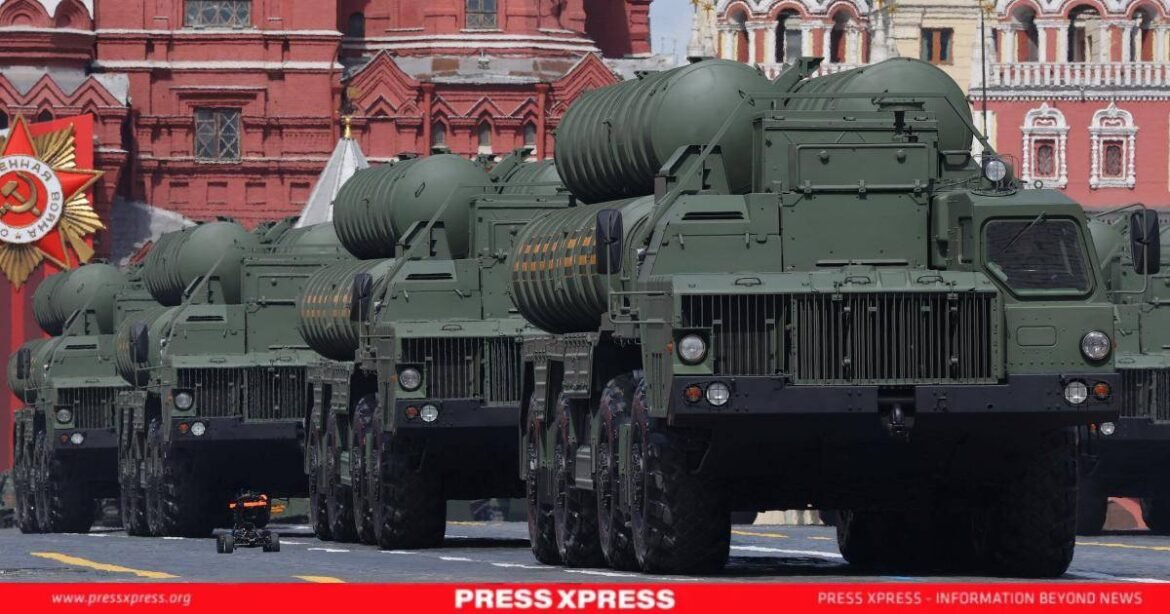In a stark warning that has sent ripples through European defense circles, German Army Chief General Carsten Breuer has highlighted an alarming trend in Russia’s military strategy. Speaking to the “Sachsische Zeitung,” a prominent German newspaper, Breuer emphatically stated, “We are witnessing a clear and deliberate reorientation of the Russian military apparatus towards the West.”
Russia’s Armored Expansion
This shift in focus is not merely rhetorical but is backed by concrete and substantial military investments, particularly in armored warfare capabilities. According to General Breuer’s assessment, Russia is dramatically expanding its tank force at a rate that dwarfs the combined efforts of major NATO allies. “The Russian Federation is augmenting its armored divisions by an astonishing 1,000 to 1,500 tanks annually,” Breuer revealed. To put this into perspective, he added, “The five largest European NATO member states collectively possess only half of this number in their entire inventories.”
Implications for European Security
The implications of this massive buildup are profound and potentially gamechanging for the European security landscape. Breuer’s analysis suggests that within a relatively short timeframe of five to eight years, the Russian armed forces could amass sufficient equipment and personnel to pose a credible threat of invasion against NATO territories. This rapid expansion of military capabilities is particularly concerning given the current geopolitical tensions and Russia’s recent history of aggressive actions in Eastern Europe.
Corroborating Concerns
Breuer’s warnings echo similar sentiments expressed by German Defense Minister Boris Pistorius. In a previous statement that gained significant attention, Pistorius cautioned that Russian President Vladimir Putin might be in a position to launch an attack on NATO “within five to eight years.” While Pistorius clarified that he does not perceive an immediate threat of Russian aggression against a NATO member state, he emphasized that the situation could evolve rapidly, necessitating constant vigilance and preparedness.
NATO’s Strategic Challenges
These assessments from top German military and political leaders underscore a growing unease within NATO about Russia’s longterm strategic intentions. The focus on armored warfare capabilities is particularly noteworthy, as tanks remain a crucial element in largescale land operations and are often seen as a key indicator of a nation’s offensive military potential.
The disparity in armored forces between Russia and NATO’s European members raises questions about the alliance’s readiness to counter a potential Russian offensive. It highlights the need for NATO countries to reassess their defense strategies, potentially increasing investments in antitank weaponry, their own armored divisions, and other countermeasures.
Defense Spending Debates
This situation also brings to the forefront debates about defense spending among NATO members, particularly in light of the longstanding goal for each nation to commit 2% of its GDP to defense a target that many European countries have struggled to meet consistently.
Geopolitical Ramifications
As tensions continue to simmer, with ongoing conflicts in Ukraine and heightened alert levels along NATO’s eastern flank, the revelations about Russia’s military buildup add another layer of complexity to an already fraught geopolitical landscape. They serve as a stark reminder of the evolving nature of security threats in the 21st century and the need for continued cooperation and strategic planning among NATO allies.
Future Outlook
The coming years will likely see increased diplomatic efforts, military exercises, and strategic realignments as NATO and its member states grapple with the implications of Russia’s westernoriented military expansion. The balance of power in Europe, it seems, is once again in flux, with the specter of largescale conventional warfare looming larger than it has in decades.


